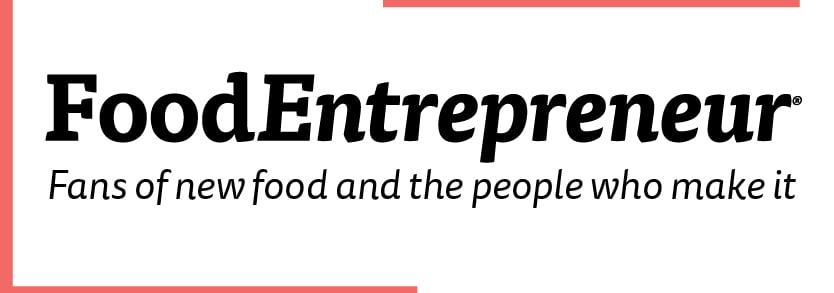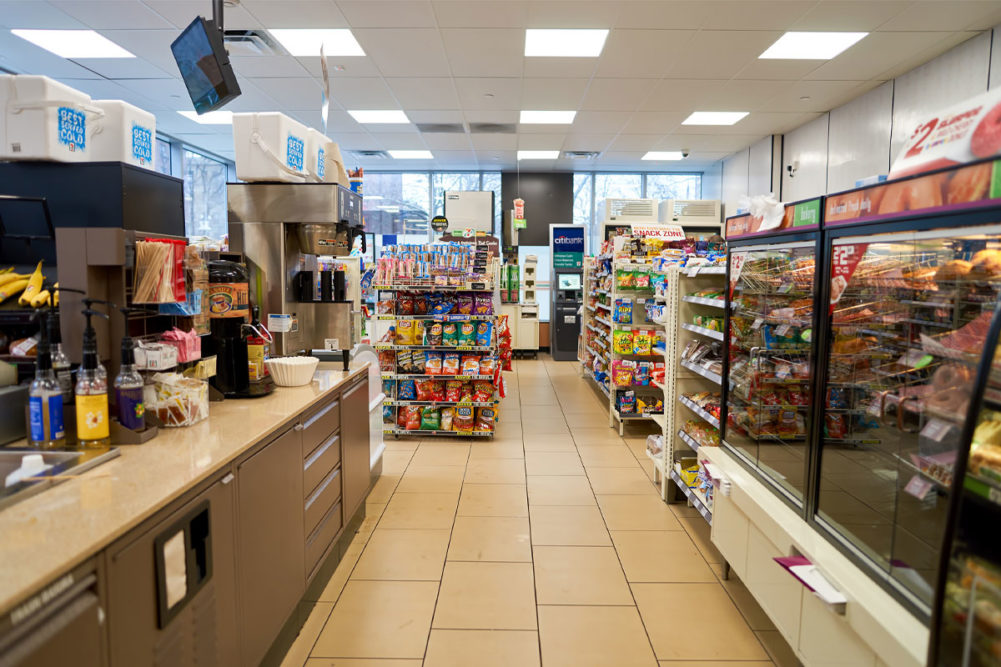 In the “SKU View” series, Food Entrepreneur is tapping the expertise of mentors and startup founders at SKU, a consumer products accelerator based in Austin, Texas, to deliver insights on issues that affect early-stage food and beverage brands.
In the “SKU View” series, Food Entrepreneur is tapping the expertise of mentors and startup founders at SKU, a consumer products accelerator based in Austin, Texas, to deliver insights on issues that affect early-stage food and beverage brands.
AUSTIN, TEXAS — Emerging food and beverage brands may apply to snag shelf space at 7-Eleven, Speedway and Stripes convenience stores across the country.
“We’re always on the lookout for new, innovative and exciting products to introduce to our customers,” said Adam Franks, director of beverage private brands and emerging brands at 7-Eleven, Inc.
This past November, the retailer hosted its fourth annual Brands with Heart showcase event in Dallas, offering up-and-coming companies an opportunity to present products to a panel of its leaders. Finalists were chosen based on product innovation, compelling brand story and strong consumer following, and selected winners receive coaching, mentoring and training to prepare for possible shelf placement at participating stores.
Touted as the “world’s first convenience retailer” and inventor of self-serve soda fountains, 7-Eleven operates, franchises or licenses more than 13,000 stores in the United States and Canada. Partnering with small suppliers helps the company diversify its product offerings beyond the traditional gas station assortment.
Prior to joining 7-Eleven in 2020, Mr. Franks held various sales and operations roles at consumer products companies, including Pepsi Bottling Group, Campbell Soup Co. and Oberto Snacks. In an interview, he shed light on how 7-Eleven executives evaluate emerging brands for shelf placement.
Food Entrepreneur: What is the process for applying to be on store shelves, and how long could it potentially take?
Adam Franks: We encourage up-and-coming brands to let us know about their products by visiting 7-eleven.com/emerging-brands and following the submission process for the chance to make it onto shelves at participating 7-Eleven, Speedway and Stripes stores.
What key performance indicators or product attributes do you look at when considering a brand?
Mr. Franks: Submissions for our emerging brands program are evaluated on four key metrics:
- Do we love it?
- Will it stand out on the shelf?
- Is it convenience store ready?
- Is the product or brand story unique?
By focusing on these four criteria, we’re able to develop a quantifiable ranking that helps us focus on the items we think will perform well with our customers.
For example, Aura Bora, a sparkling water made from real herbs, fruits, and flowers, stood out to us last year because of how different it was from everything else in the space in terms of packaging and flavor. Better Bites, an allergen-free dessert line, also stood out because of their authentic story and mission to bring “earthy tastes and heavenly feelings,” and, “classroom-friendly, allergen-free” options to customers.
How do brands determine if their product is right for a retailer like 7-Eleven?
Mr. Franks: We recommend that brands do their homework by visiting our stores to see if their product aligns with our current assortment in terms of pricing, packaging, size, flavors, etc. We often receive samples of products we love but that don’t quite fit in our stores due to the price point or even the physical size of the product on the shelf.
How early can a brand be considered for retail placement? Does packaging need to be finalized?
Mr. Franks: To be considered, it is important that the product is ready for retail.
Do brands need to have established relationships with distributors and brokers in order to get into retail?
Mr. Franks: We usually work directly with the founder(s) of these up-and-coming brands — most emerging brands we move forward with do not have a pre-existing relationship with one of our wholesalers.
What are the top three things brands need to do once they get on shelf?
Mr. Franks: Once on the shelf, ensure your products remain in stock and communicate with wholesalers regularly to stay up to date on how your products are resonating with customers.
Pay attention to your retail pricing curve.
Be willing to partner with us on promotions and digital/display programs.Enjoying this content? Learn about more disruptive startups on the Food Entrepreneur page.





